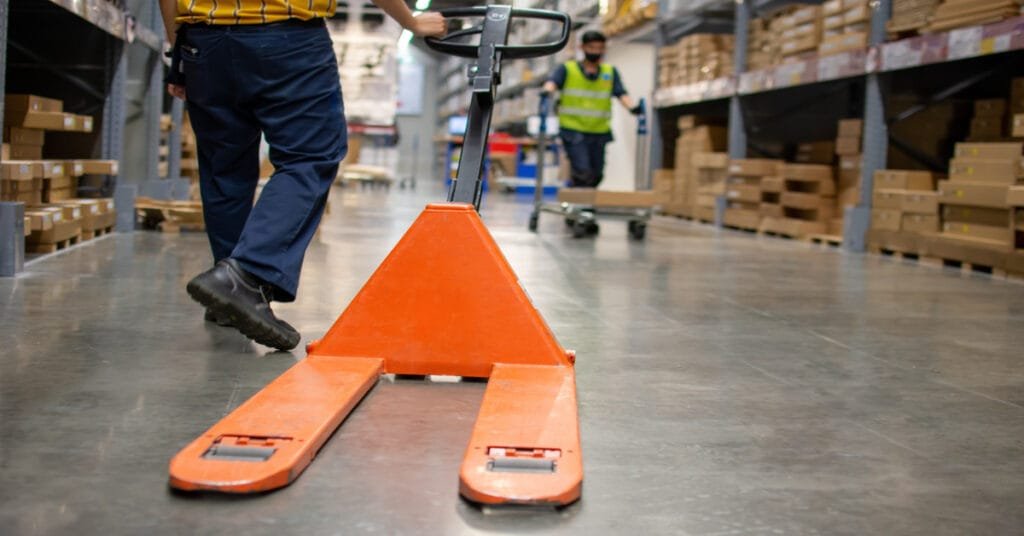Workplace injuries are a critical concern for employee well-being, overall productivity, and operational costs. While implementing safety training and proper protocols can help, upgrading outdated equipment with smarter, more ergonomic alternatives plays a considerable role in reducing injuries. Consider these machine swaps to reduce workplace injuries and work-related strain.
Replace Pallet Jacks With Electric Pallet Jacks
Switching from manual pallet jacks to electric pallet jacks is one of the simplest yet most powerful upgrades. Manual pallet jacks often require significant physical effort, leading to strain and repetitive stress injuries in the back, arms, and shoulders.
Electric pallet jacks eliminate the need for employees to exert force when moving heavy loads by doing the lifting for them. They allow precise handling, reducing collisions or overexertion injuries, and improve efficiency across the warehouse. By integrating this upgrade, businesses actively address risks to workers who handle frequent materials transportation.
Upgrade To Self-Contained Trash Compactors
Manually operated trash compactors demand excessive physical effort, especially with lifting or compacting heavy trash bags. This can lead to back injuries, wrist strains, or cuts from mishandling improperly secured waste.
By introducing self-contained trash compactors into operations, businesses reduce the risk of workplace injuries. These compactors automate the compression process, so employees no longer need to lift heavy loads or apply force using manual levers. The enclosed design contains waste and minimizes risks associated with spills or missteps.
Transition From Single Workstations to an Assembly Line
When employees work on single-station tasks, they often perform repetitive actions that strain muscles and joints over time. Prolonged repetitive motions result in musculoskeletal disorders, which are some of the most common work-related injuries.
Converting single workstations into assembly lines distributes tasks more evenly across workers. This reduces repetitive strain, allows employees to focus on simpler, specific actions, and eliminates unnecessary physical overexertion. Assembly lines also improve flow and efficiency, drive productivity, and keep the workforce injury-free.
Swap Stationary Platforms for Scissor Lifts
Accessing elevated areas safely is a priority in industries requiring frequent overhead work. Stationary platforms are common and often involve employees climbing ladders or straining to reach high places, which increases the likelihood of falls and physical strain.
Scissor lifts offer an adjustable and stable solution. They ensure employees have a secure platform to work from, with customizable height options that eliminate overreaching. With advanced designs featuring better stability and ergonomics, scissor lifts significantly lower the risk of injury and provide peace of mind for workers and employers.
Move From Manual Stackers to Automatic Stackers
Lifting and stacking by hand often result in long-term back injuries due to repetitive heavy lifting. Even manual stackers that offer some assistance require considerable operator effort.
Introducing automatic stackers eliminates the need for manual lifting entirely. These machines automate the stacking process, ensuring proper handling of heavy materials with precision. They also reduce the risk of back injuries and other musculoskeletal issues. Additionally, installing complementary tools like an incline conveyor system streamlines material movement further, enhancing workplace safety.
Investing in machine swaps for existing, laborious tasks can reduce workplace injuries and transform the way businesses operate. These upgrades are about fostering healthier, safer environments for employees.
